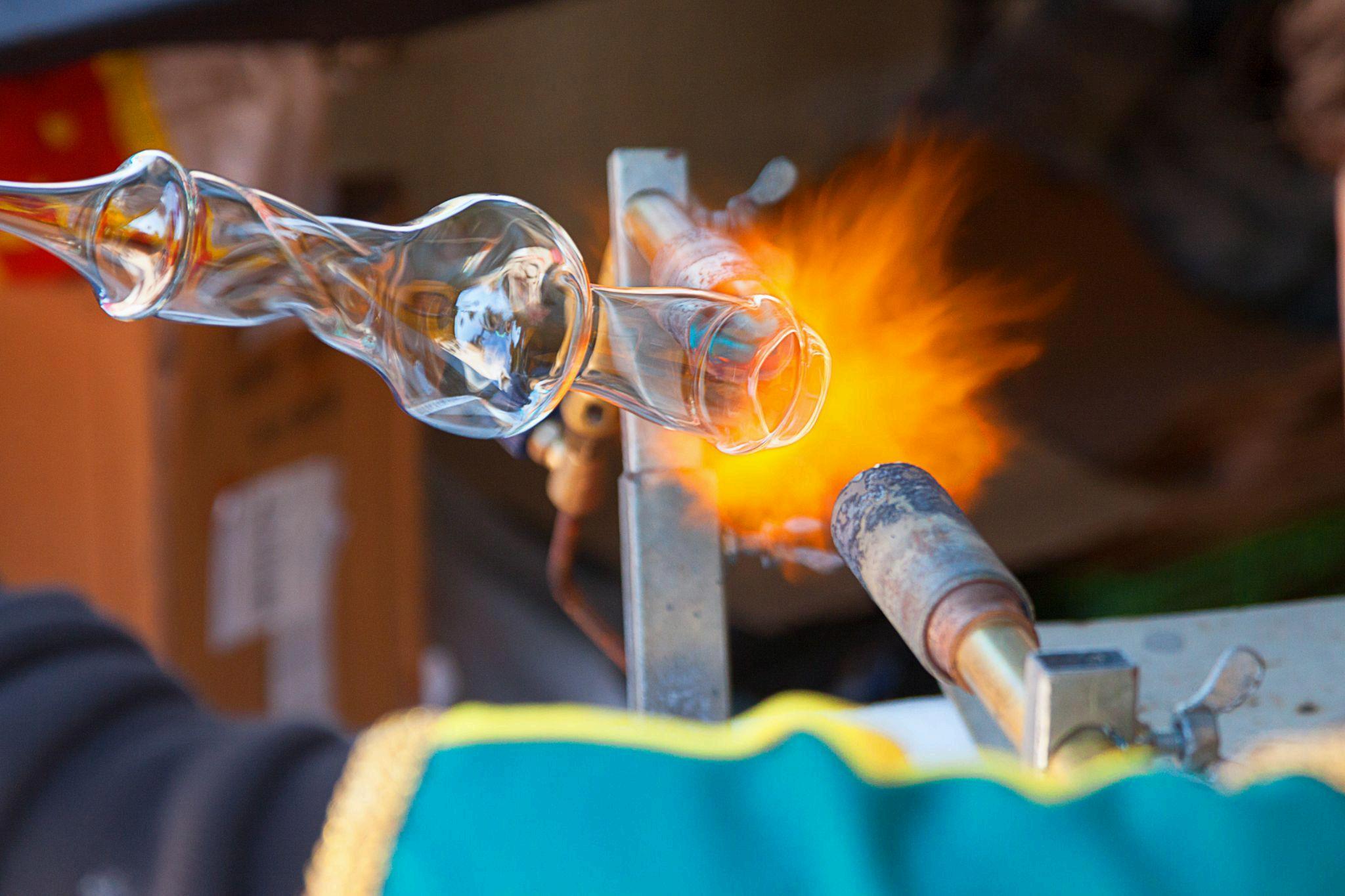Hands,Minds,andFutures:Bringing TradesintotheHighSchoolSpotlight

Encouraging Career Exploration in Skilled Trades
High schools are uniquely positioned to help students see the value and potential of skilled trades as viable careerpaths.Fordecades,thedominantnarrativeineducationhas pushed students toward four-year college degrees, often at the expense of promoting alternative options that can lead to well-paying, fulfilling work. By broadening career exploration programs to include skilled trades, schools can help young people discover talentsandintereststheymaynotrealizetheypossess.
Integrating skilled trades into career counseling and advisory sessions is one of themost effective ways to encourage exploration. Rather than only discussing college admission requirements, counselors can present a balanced view of all availableoptions technical schools, apprenticeships, union training programs, and direct-to-work pathways. Schools can invite representatives from local industries to career days, where students hear firsthandaboutthework,salarypotential,andgrowthopportunities.
Teachers can also weave trade-related content into academic lessons, showing students how algebra applies to electrical wiring,howphysicsinformsconstructionsafety,orhow chemistry plays a role in metal fabrication This approach connects abstract concepts to tangible outcomes, making learningmorerelevant.Whenstudentsunderstandthatskilled trades demandproblem-solving,precision,andcreativity,theyaremorelikelytoconsider themasprestigiousandrewardingprofessions
Hands On Education That Builds Skills and Confidence
Traditional academic learning alone is not enough to ignite passion for the trades students need hands-on experiences that allow them to build, create, and troubleshoot. High schools can introduce shop classes, technical workshops, and project-based electives that teach real-world skills alongside academic concepts These programs may include woodworking, welding, minor engine repair, robotics integration, andadvancedmanufacturing.
Project-basedlearningoffersstudentsthesatisfactionofcreatingsomethingtangiblefrom start to finish Building a shed, repairing a vehicle, or wiring a lighting system allows them to apply classroom learning to practical challenges. The pride from seeing a completed project reinforcesasenseofcapabilityandaccomplishment,whichcaninspire furtherpursuitofatrade
Partnerships with community colleges or vocational centers can expand the range of available courses. Students might split their day between core academic subjects and specialized technical instruction, graduating with a high school diploma and industry-recognized certifications These credentials can lead directly to employment or givestudentsaheadstartinpostsecondarytrainingprograms.
Schools can alsoencouragecompetition-basedlearning,suchasSkillsUSAevents,where students showcase their abilitiesincarpentry,plumbing,electricalwork,andothertrades. These competitions foster teamwork, precision, and creative problem-solving while providingrecognitionforexcellenceinhands-onskills.
Mentorship and Apprenticeship Opportunities
Mentorship can be transformative for high school students exploring the trades. Connecting with experienced professionals allows students to see the realities of the job beyond the classroom, including the challenges, rewards, and long-term potential. Schools can partner with local businesses, trade unions, and community organizationsto
create mentorship programs where students shadow skilled workers in their field of interest.
During these experiences, students can observe the day-to-day demands of thework,ask questions, and gain an authentic understanding of workplace culture. Mentors can offer guidance on career paths, share stories of their training, and help students identify strengthsthatalignwithspecifictrades.
Apprenticeships go even further by offering paid, structured learning experiences Through these programs, students develop technical skills while earning an income, making the transition from school to full-time employment smoother. Summer apprenticeships or work-study arrangements during the school year allow students to work on actual job sites, contributingtorealprojectsandbuildingaprofessionalnetwork beforegraduation.
These opportunities also help students assess whether a trade is the right fit for them, reducing the risk of investing time and resources into a career path that may not align with their interests. High schools prepare students for skilled professions by fostering theseconnectionsandstrengtheningrelationshipsbetweeneducationandlocalindustry.
Highlighting Innovation and Technology in Modern Trades
One barrier to attracting students to the trades is the outdated perception that these jobs are low-tech, physically exhausting, and offer limited upward mobility In reality,skilled trades today are highly technical and increasingly reliant on advanced tools, automation, and digital systems. High schools can help shift this perception by showcasing the innovativesideofthesecareers.
For example, modern carpenters use computer-aided design (CAD) software to plan projects, electricians install smart home systems, and welders operate robotic arms guided by precision programming. Construction workers now rely on drones for surveying, while HVAC technicians use energy modeling software to optimize climate control systems. Educators can appeal to tech-savvy students who want to work with cutting-edgetoolsbydemonstratingtechnologyintegrationintothesefields.
Schools can invest in technology-focused trade labs, offering virtual welding simulators, CNC machines, and 3D printing equipment Field trips to advanced manufacturing facilities, green energy installations, or automated production plants can help students envision the future of these industries. Guest lectures from industry experts can also
introduce students to emerging trends, such as sustainable building practices, renewable energyinstallation,andenvironmentallyconsciousdesign.
By emphasizing the role of innovation, schools position the trades not as outdated options, but as modern, evolving careers with significantgrowthpotentialandleadership opportunities.
